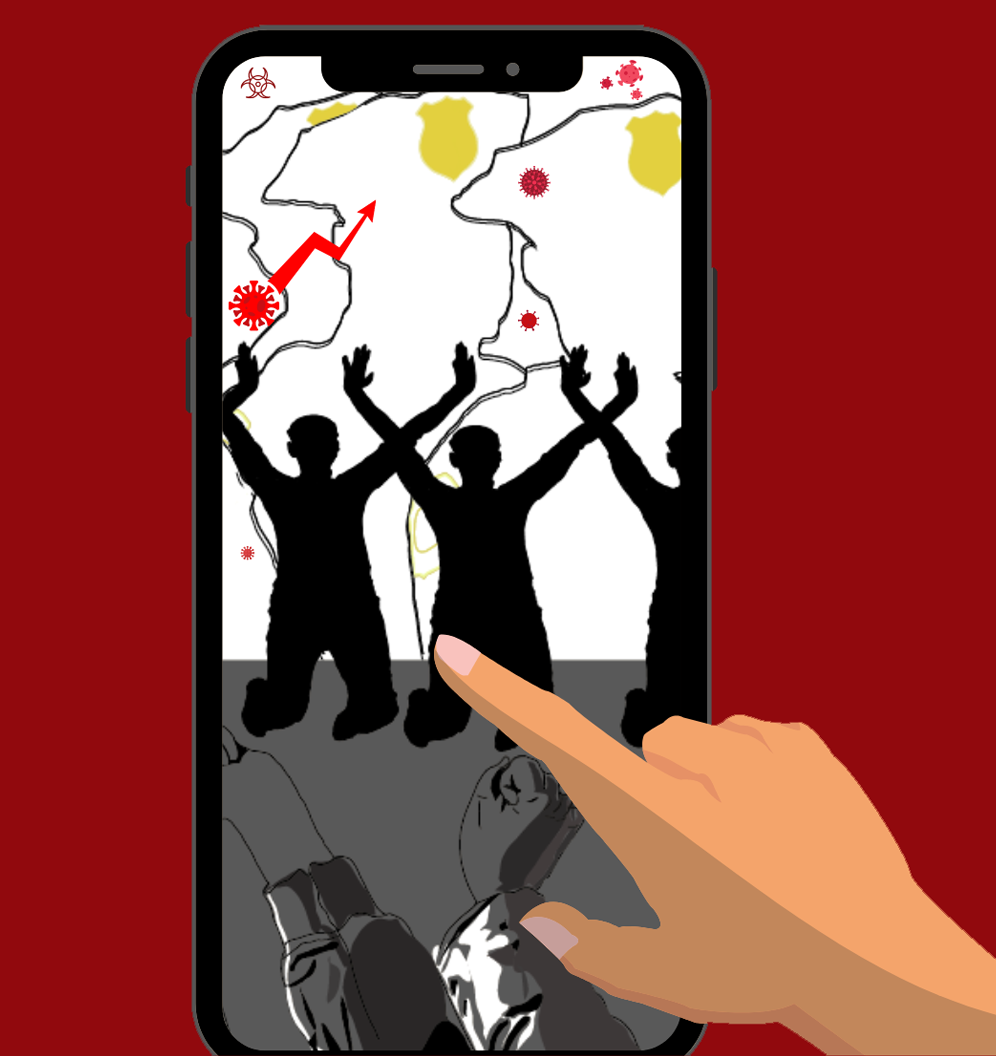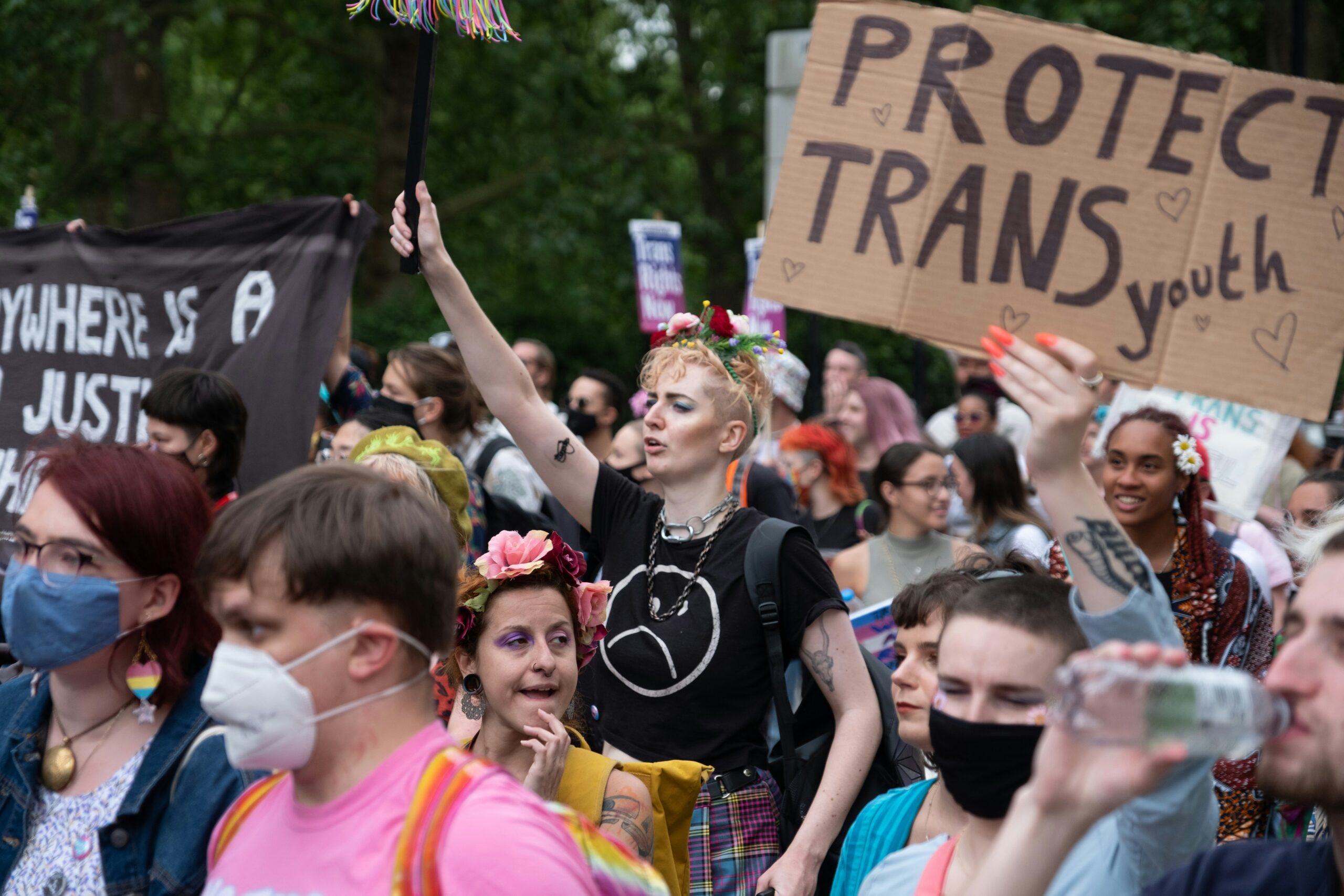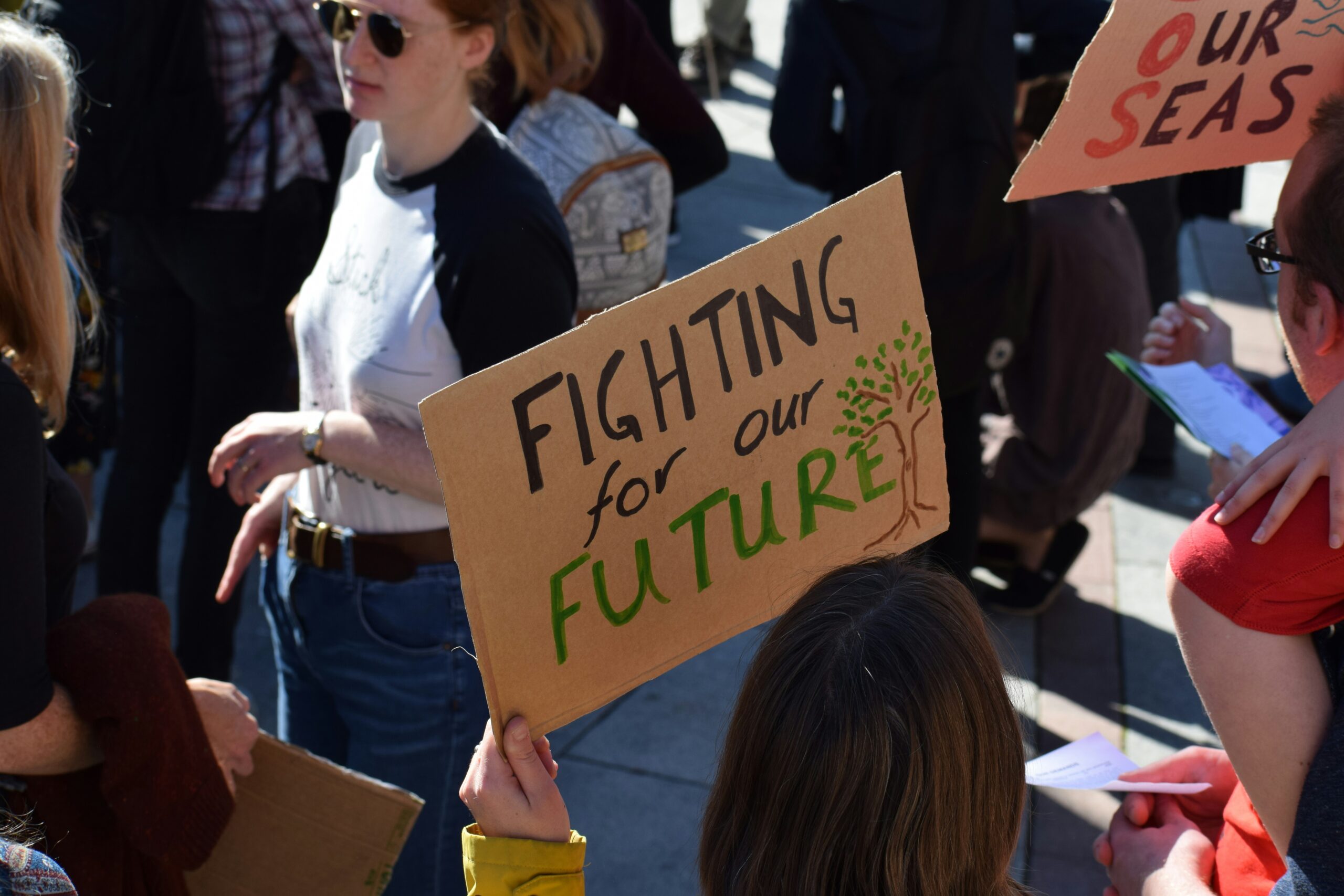![]()

The day is ending meaning the mass protests will soon turn to mass riots. Cars full of students dressed from goggles and sweaters to bandana masks soaked with baking soda are arriving to join the political display. The car is full of tilted heads scouring phones as well as the area. You hear “Take a left onto Beverly” come from one, then “No, turn around, I just checked and there are mass arrests happening on that street – go onto Melrose” comes from another.
What sounds like a quote from a dystopian novel is really just an example of the new reality for the younger generation. A reality where they have to organize a revolutionary display of their autonomy and rights just to live peaceful lives in a world plagued not only with injustice but with a disease that causes their safety to be reliant on their ability to keep their distance from others.
The best weapon that protestors have is the ability to band together in large numbers, but with the pandemic that safety was no longer guaranteed. Instead, for the safety of those involved, protests became a game of improvisation, with most of the information and actions taking place online via social media.
When speaking to the President of the Fresno State NAACP, D’Aungillique Jackson, regarding the organizing of their George Floyd/Black Lives Matter protest last May, which amassed an estimated attendance of upwards of 3,000 demonstrators, she said “social media definitely played a big part in what we were doing; we were able to enlist in the help of our allies, we had people reposting our event flyer.”
“We made a Facebook page,” Jackson continues. “We spread the word as much as we could. The planning took place in less than 48 hours and social media was absolutely a very big influential factor in what we did.”
For many in the younger generation, this pandemic is their first big memorable event that will shape their worldview. The already instilled sentiment of empowerment and change that’s been brewing in this generation was kickstarted into a revolution by the realization that the way the world works is contingent on the continuation of the regular “day-to-day,” and that if that day-to-day can be shut down for a virus, it can also be shut down for justice.
With the change to a more virtual world, a monumental social movement has taken place in a brand new way, with different conditions, all centered around COVID-19.
“The time period that we are in is genuinely one of a kind,” Jackson said. “All of the pieces, unfortunately, fell into place just right.”
This newfound view the world is having on social justice served as the perfect platform to launch Black Lives Matter into a longstanding movement that will continue to create long-lasting change.
Data from The New York Times suggests that up to 26 million people in America took part in the 2020 demonstrations. This, paired with the fact that protests have continued to this day, shows that the Black Lives Matter movement may be the largest social justice movement in U.S history.
“What really jump-started this movement was absolutely quarantine because everybody, not just black people, they now have no choice but to experience what we are experiencing,” Jackson declared. “To see it firsthand, because we see it every day, our social media are filled with black people dying every day.”
With the world being forced to go online and with the internet now swarming with information regarding social justice and change, it has created a social standard that a lack of knowledge is no longer an excuse. If you’re being shown a constant stream of knowledge regarding social issues, you have no real option other than to listen and accept reality or to choose to be willfully ignorant.
“For allies, this was a crucial moment for them to not be able to walk away or turn off their screens because they had nothing else to do. That’s why I feel like Black Lives Matter as a movement was pushed to the forefront,” Jackson said.
Social media’s new focus on Black Lives Matter caused an increase in performative activism. This is when someone does surface level, “slacktivism,” without causing real change, done to increase social status rather than further their devotion to the cause.
A prime example of this performative activism has been the phenomenon that was “Blackout Tuesday” which filled all of social media with black squares under the guise of the Black Lives Matter hashtag.
This happening during the peak of protests made it harder for people to see the real-time news that was happening that “people are able to see because of [social media],” Jackson said. “It’s counterproductive to the Black Lives Matter movement.”
Perhaps the scariest side effect of the lens the Black Lives Matter movement now has on it is the mobilizing of the alt-right to fight against the movement, many times through the anonymity the virtual world provides.
In Fresno, we experienced false organizing of riots from what was discovered to be an alt-right source in Southern California. Their flyer read, “Let’s continue to tear the city down”, and was set for the day after the May 31 protest. The Fresno State NAACP had to release a PSA debunking the claims that this riot was being led by them or their allies.
The organization also received calls from a person claiming to be an agent from the FBI Seattle Division telling the group they are wrong for organizing such protests.
“It was a lot to try to combat in such a short period of time,” Jackson said. “It was pretty scary.”
While Fresno was able to successfully stop the alt-right organized aggression, there are still many who are trying to undermine the movement and many who will continue to try to end it. Like Jackson said, “it’s not Black Lives Matter organizers or activists destroying things and spreading misinformation,” it’s the alt-right groups who are determined to spread hate.
Princeton University reported that 48 of the top 50 largest cities in the U.S. had riots and police intervention after the George Floyd protests. This has made a lot of people anxious, but it was also shown that the movement has the resistance needed to cause lasting change.
And, with Fresno being one of the only two cities in the top 50 list without riots and police intervention, we can have hope that the change in our hometown will continue to happen without any violent opposition.


